Chris Parkin provides his first instalment in a two part series looking at the long-range rimfire explosion
Read part 2 here!
We are used to the phrase ‘long-range’ as a regular centrefire marketing tool, but what happens when you scale back a little into the rimfire world? I love the idea of pushing the limits of centrefire rifles, but realistically, there are some limitations in terms of running cost and specialised high value equipment, plus you do need a lot of space to really push the limits of very ballistically efficient cartridges.
When you flip these issues and use a comparatively inefficient bullet in the 0.172 G1 BC region (compared to centrefires regularly topping 0.7 with three times the muzzle velocity), you gain a closer-range sport, significantly lower ammunition costs, no handloading requirements and the ability to exercise the rifle in far more commonly available spaces without any noise issues.
The line between long-range and precision rifles (1) perhaps blurs a little. You may want to concentrate on fixed firing positions and extending your target distances. You could also introduce a greater variety of targets, ranging from near to far – this will require you to adapt to a variety of challenges, such as shooting from barricades and other more physically demanding, less stable postures.
What do I need to shoot long-range rimfire?
So, what do you need? Well, manufacturers are catching on to this latest trend and they are doing a good job of matching the physical handling characteristics of centrefires. That’s not to say you can’t start out quite successfully with kit you already own though.
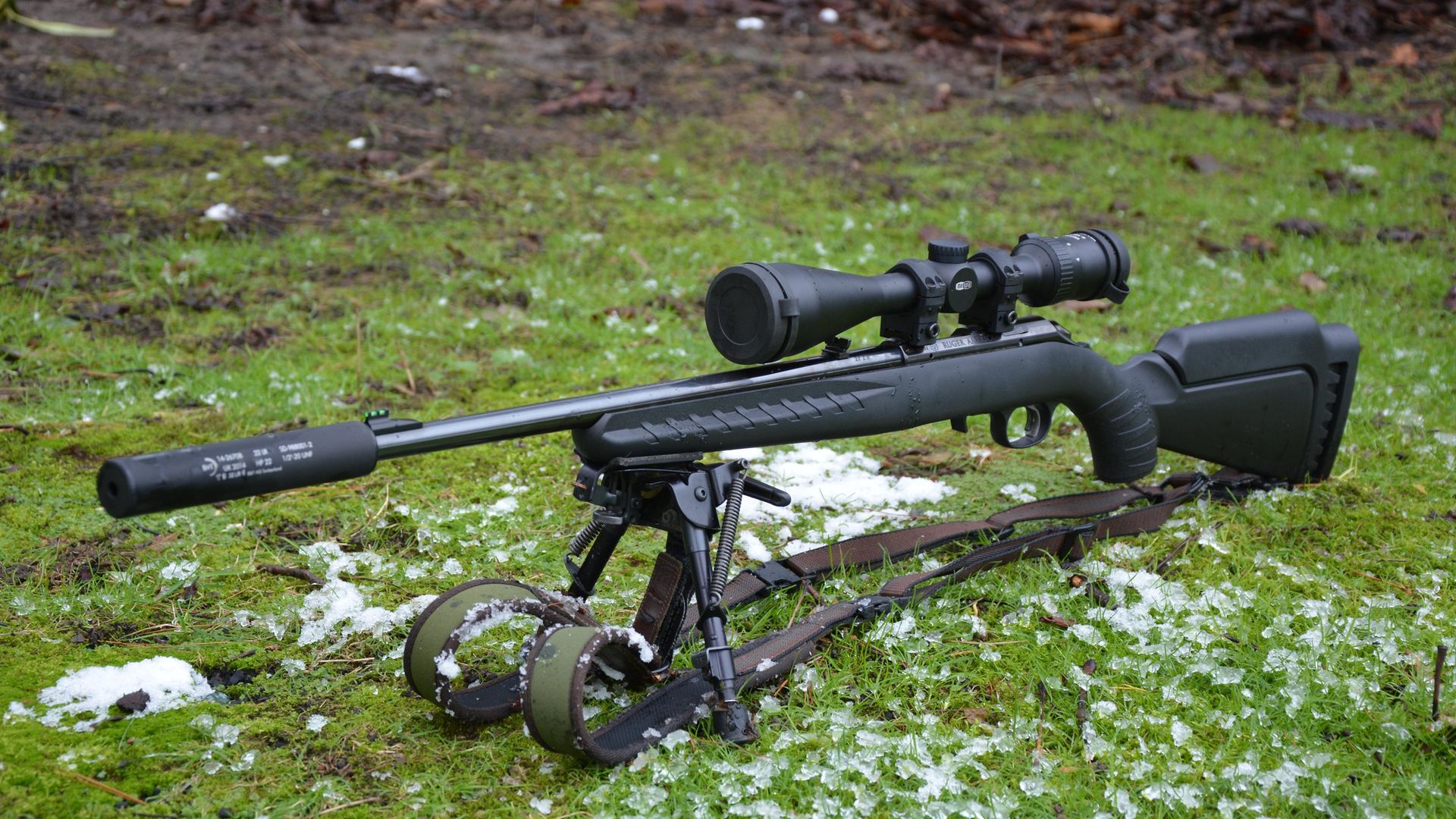 credit: Chris Parkin
credit: Chris Parkin
Start-up essentials
Most sporting .22s (2) will operate magazine fed with five or 10 rounds and they may well be rifles you are already physically accustomed to; they are some of the most versatile ever developed for pest control over multiple ranges through 24 hours of light variation and all four seasons. You have already acquired a lot of the skills needed without even realising it. Resting on a wall, fence or gatepost isn’t that far from using barricades, and those sedentary adventures tackling rabbits from a well-supported prone position are equally helpful.
Although some specific rifles, such as Bergaras, CZs, Rugers and Savages, offer stock adjustment from the box, who is to say you aren’t already used to your own gun, so additional equipment add-ons to focus on may be a target-oriented scope (3) with dialling capability and greater adjustment range.
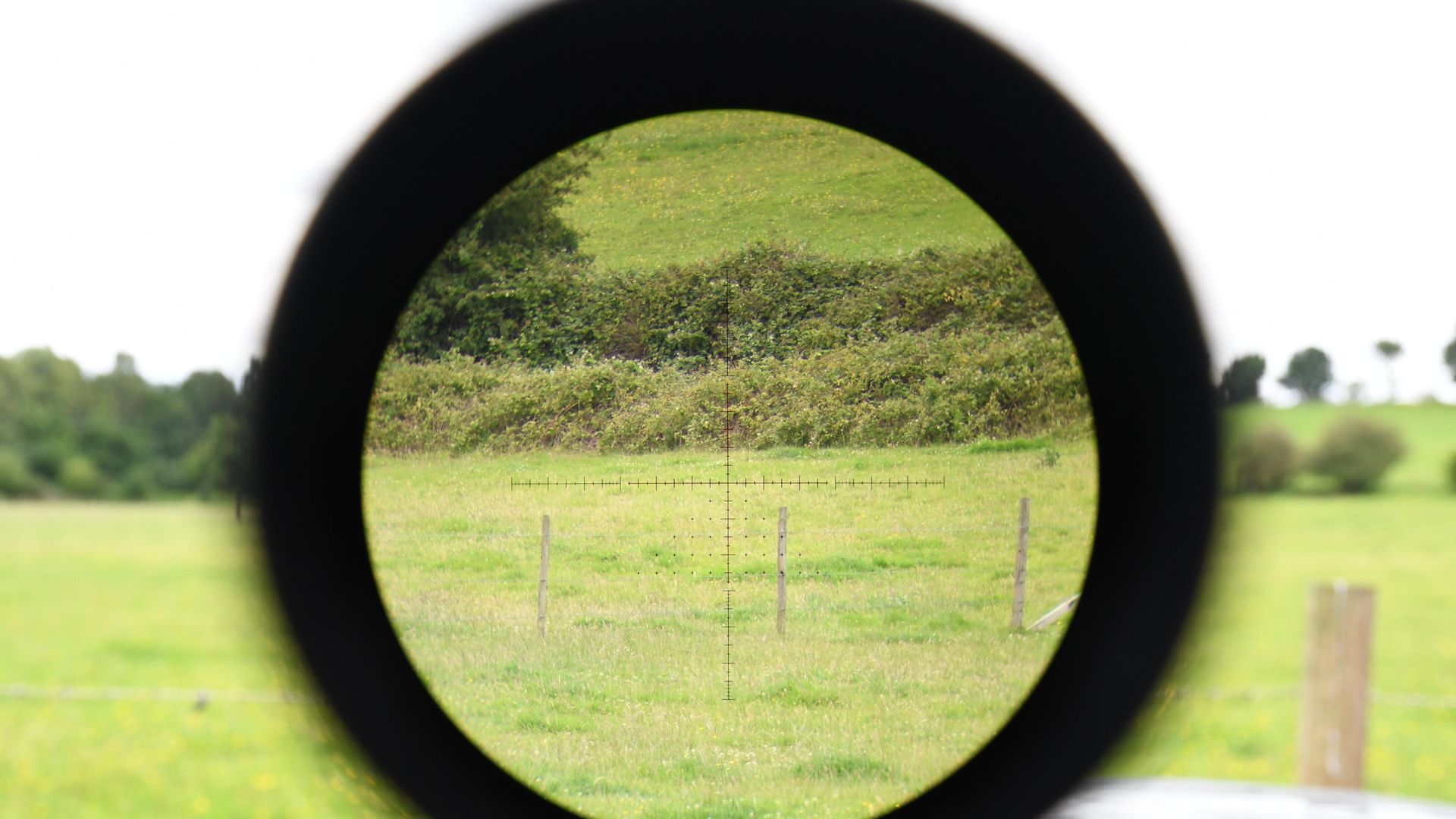 credit: Chris Parkin
credit: Chris Parkin
Ammo options
Looking towards round-nosed, more ballistically efficient match ammunition instead of hollow points is another important factor. Supersonic, high-energy ammo might seem attractive but consistency can suffer. Speed variation becomes a critical factor at long ranges and crossing the supersonic barrier doesn’t help. ‘Standard’ ammo that remains subsonic around 1040-1060 fps is often better.
It may need a little more elevation dialling at 100m than the high-velocity fodder, but beyond that the required ballistic corrections aren’t that dissimilar and you will generally get reduced vertical dispersion. It’s a crucial factor to minimise (4) because the wind, both lateral and vertical, will be the toughest challenge.
Centrefire shooters generally dislike transonic flight and so should you – it’s not impossible to navigate but can incur problems better avoided. It’s interesting to note that the ‘crack’ of a supersonic rimfire round might be present some days yet not others as air temperature (and consequently the speed of sound) varies, so don’t assume this is an overloaded batch of ammo on a cold day or feeble in the summer.
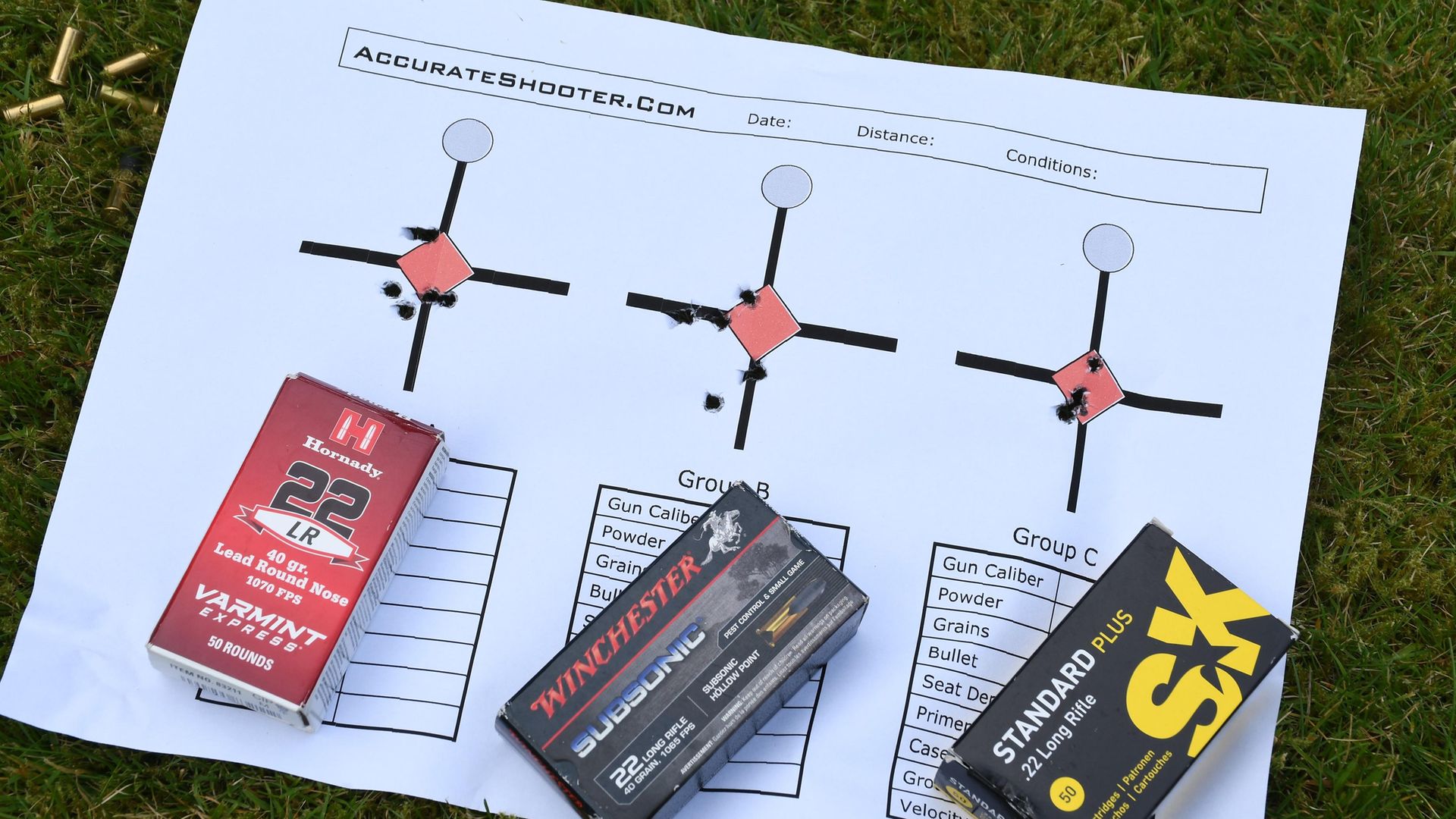 credit: Chris Parkin
credit: Chris Parkin
Temp (°c) Speed of sound (fps)
35 1155
30 1146
25 1137
20 1127
15 1117
10 1107
5 1097
0 1087
−5 1077
−10 1067
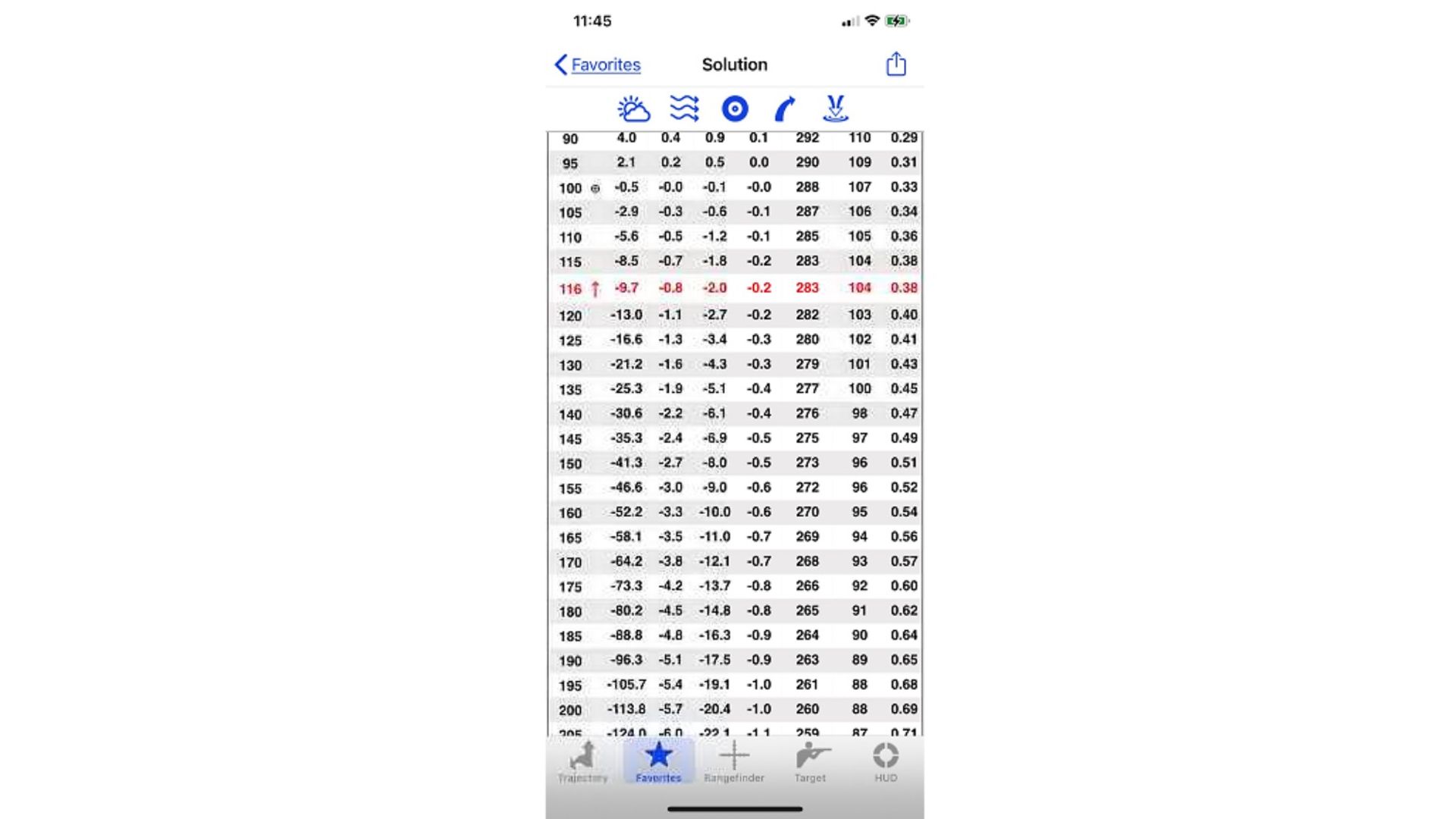 credit: Chris Parkin
credit: Chris Parkin
At less than 10p a shot, you can investigate ballistic calculators (5) on your smartphone and look at what sort of scope mechanics or inclined mounts you need to extend dialled ranges. First versus second focal plane will always polarise opinion, but either option is fine and, most importantly, both help when learning the fundamentals of long-range accuracy.
Where 10 1cm clicks (1 mRad) on a scope had you hitting steel with a .243 at 300m, the .22 rimfire is likely to require 125 (12.5 mRad) at that distance (6). It doesn’t matter if you use minutes of angle or milliradians, just learn one or the other. Target ranges are your choice when setting up on legal permissions where FAC shooting is allowed. You don’t have to stick to fixed distances like 100 yards or metres.
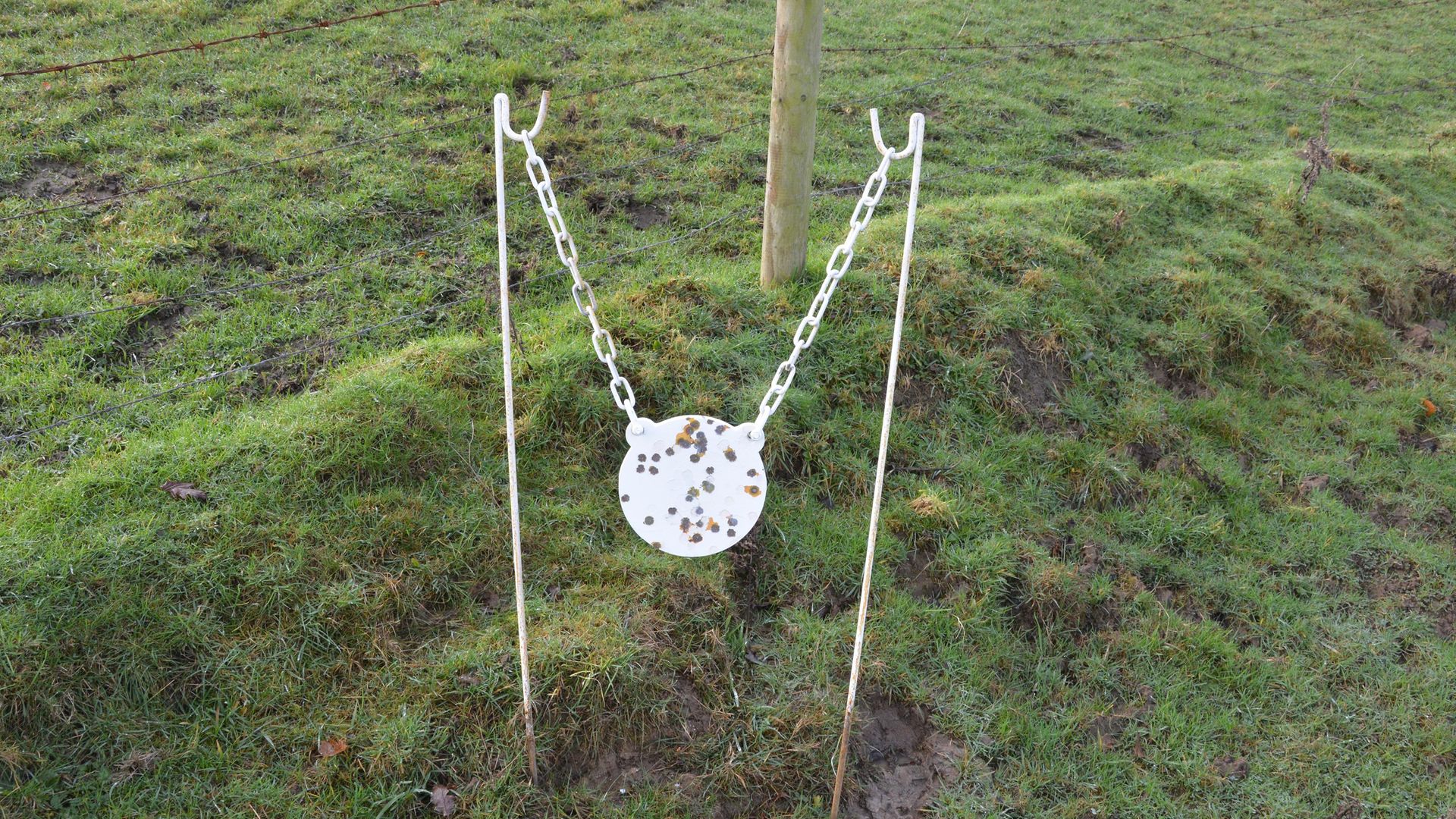 credit: Chris Parkin
credit: Chris Parkin
Learning by shooting rather than just dreamily reading about ‘long-range’ is the way to accelerate your advancement in the rifle world. I call it reality versus aspiration and frankly, other than recoil, the key elements are all similarly challenging, and learning ballistics, wind, and testing ammo, can all be done in the rimfire world and without the need for reloading.
Long-range is relative
The rifles will never print groups of a tiny nature like bigger centrefires do, but who cares, the quiet nature of subsonics with a sound moderator means less disturbance. When shooting steel, you’re rewarded with a nice ‘ting’ at range. Shooting paper is fine to test ammo and chase the smallest group size but wouldn’t you sometimes like to record a simple hit or miss in a situation much more akin to a real-world hunting environment. I know I would.
As for what really constitutes ‘long-range’, well that’s up to you, to push the boundaries you are comfortable with, using targets you have a fair chance of positive hits on, and backstops where misses show bullet splash providing an education without the limitations of extreme range demanded by a centrefire. Never consider using rimfire to be a poor man’s sport or one for the ‘new guys’.
I find a lot of very experienced and highly capable shooters love nothing more than deploying the rimfire at 100m, I certainly do. Realistically, how much safe shooting space is available to you? Noise is a minimal concern and there’s a limit to how far any scope will dial out to. Join me next month for more details on setting up your current rifle for extended ranges, plus some useful add-ons (7) that may require a little more investment if, like me, you find yourself caught in this rimfire whirlwind.
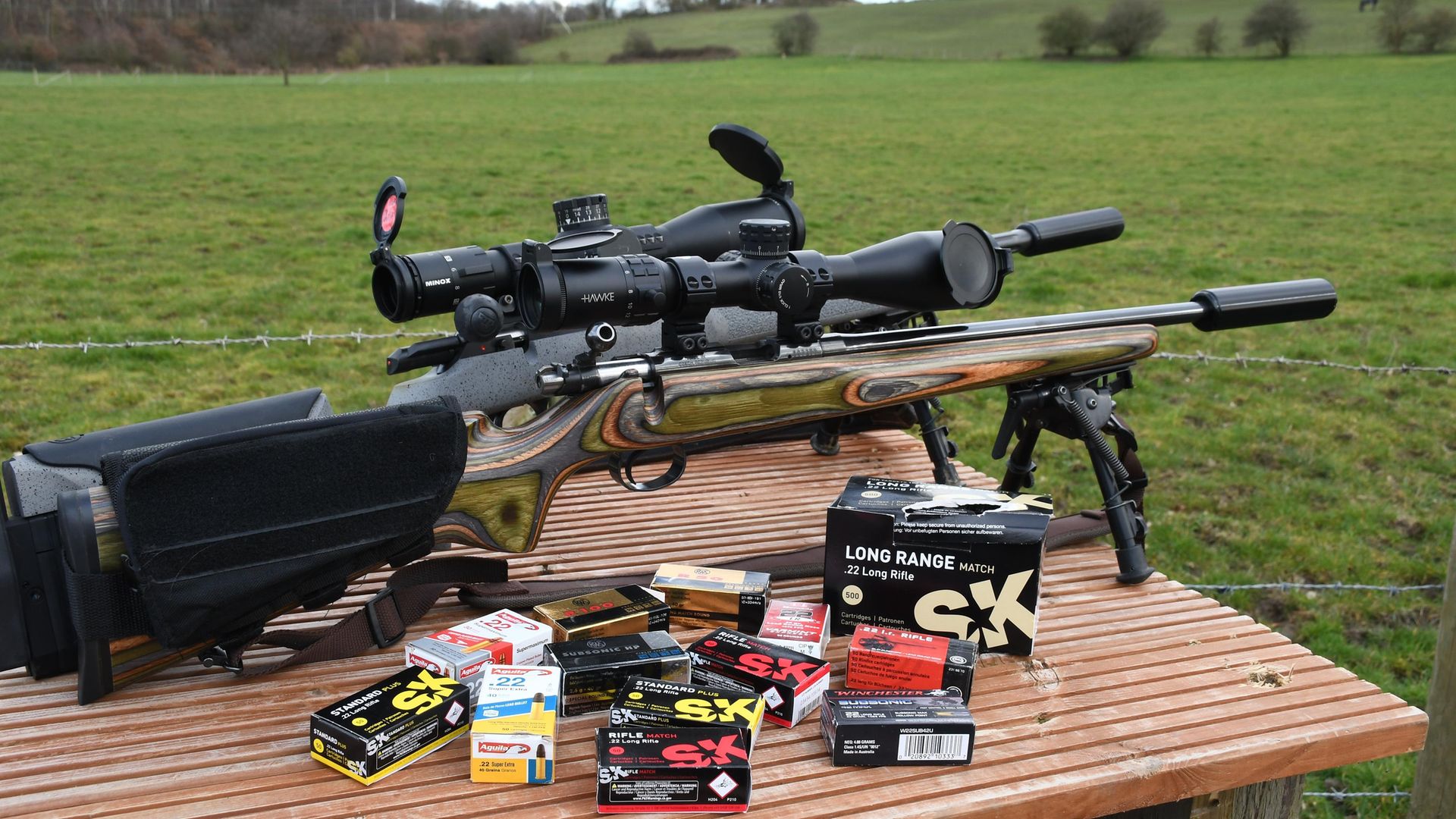 credit: Chris Parkin
credit: Chris Parkin